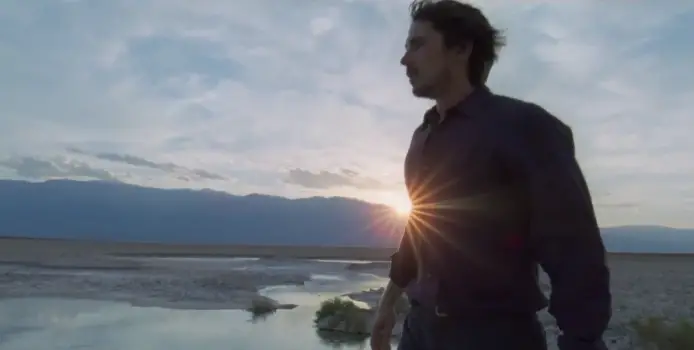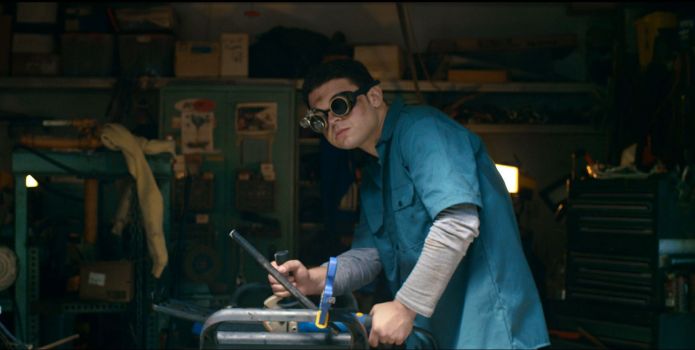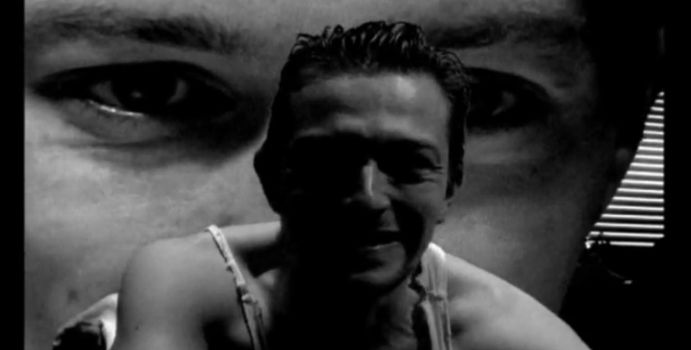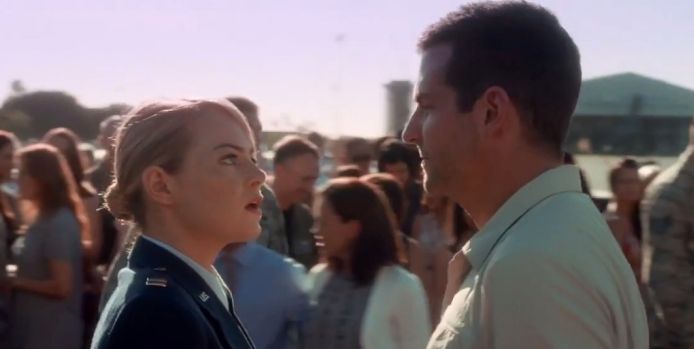
An animated film that is targeted towards young children should be colorful, with lots of movement and hopefully an outlandish character or two. Most importantly, though, it must have heart. It should tackle themes that are important to kids, and provide lessons that they can take away from the cinema and begin to apply to real life, not just in the way that they behave but also in the way that they understand the world around them.
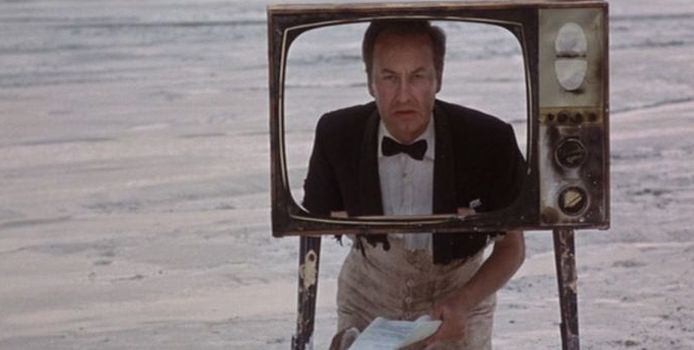
One of the more curious cultural changes in the post-war era was the cinematic climate that permeated in the United Kingdom in the years following WWII. These movies vary from paranoid thrillers, atomic-age science fiction and docudrama’s that veer on a level of horror due their level of accuracy regarding the terrifying nature of nuclear war. The feature films that came out in this period are terrifying on varying levels; one of those being the self-reflective element that is so common in movies and that reflection was cast by the looming possibility of WWIII.
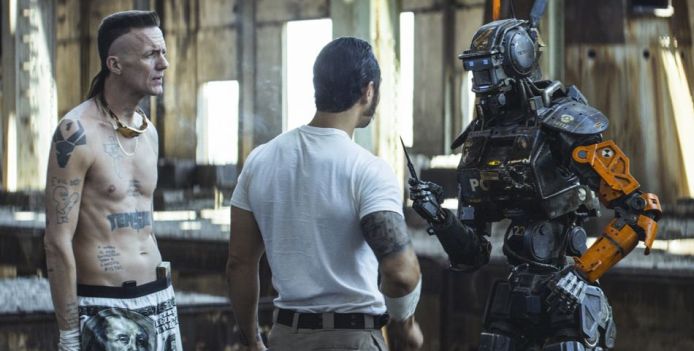
Neil Blomkamp is still a relatively new director in the game, though he has now done three movies. His first, District 9, is an intensely original feature, focusing on the subject of extraterrestrials who have come to Earth and suffer to live alongside the community of South Africa. It is at once both entertaining and politically charged, and was so well-received upon its release that it was even nominated for Best Picture at the Oscars, a very rare accomplishment for a sci-fi.
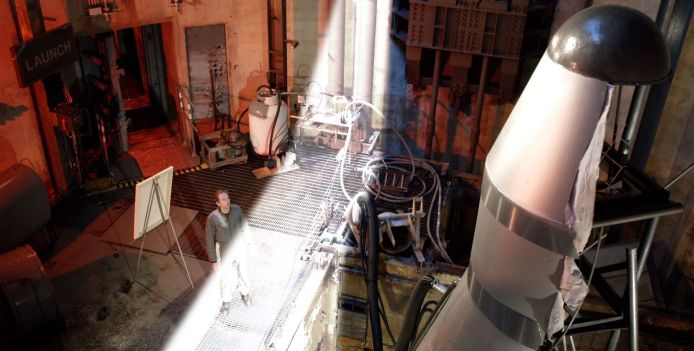
Silo is a short film made by the filmmaker David Soll and starring Chris Green. Like many short films Silo is a silent piece (without dialogue but not without sound). But unlike many shorts, which like to take a brief and artistic approach to a story, Silo has been made with a clearly structured narrative.
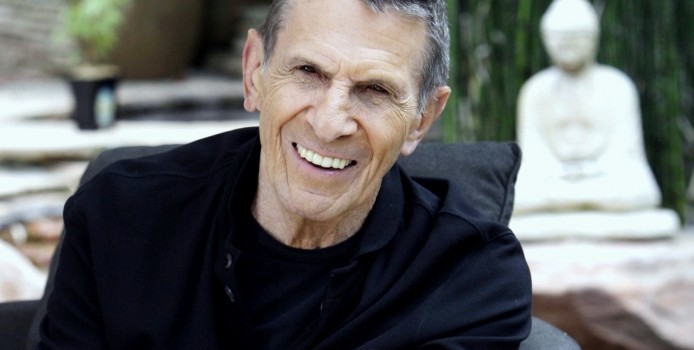
The passing of a film icon always hits me hard. Mostly because of the realization that actors are as human as the rest of us; knowing that I’ll never have the chance to meet him in person or see him in another movie. Leonard Nimoy started his performance career at the age of 20, but did not become truly recognizable until 1966, when his portrayal of the half-human, half-Vulcan science officer on Star Trek put him on the map.


